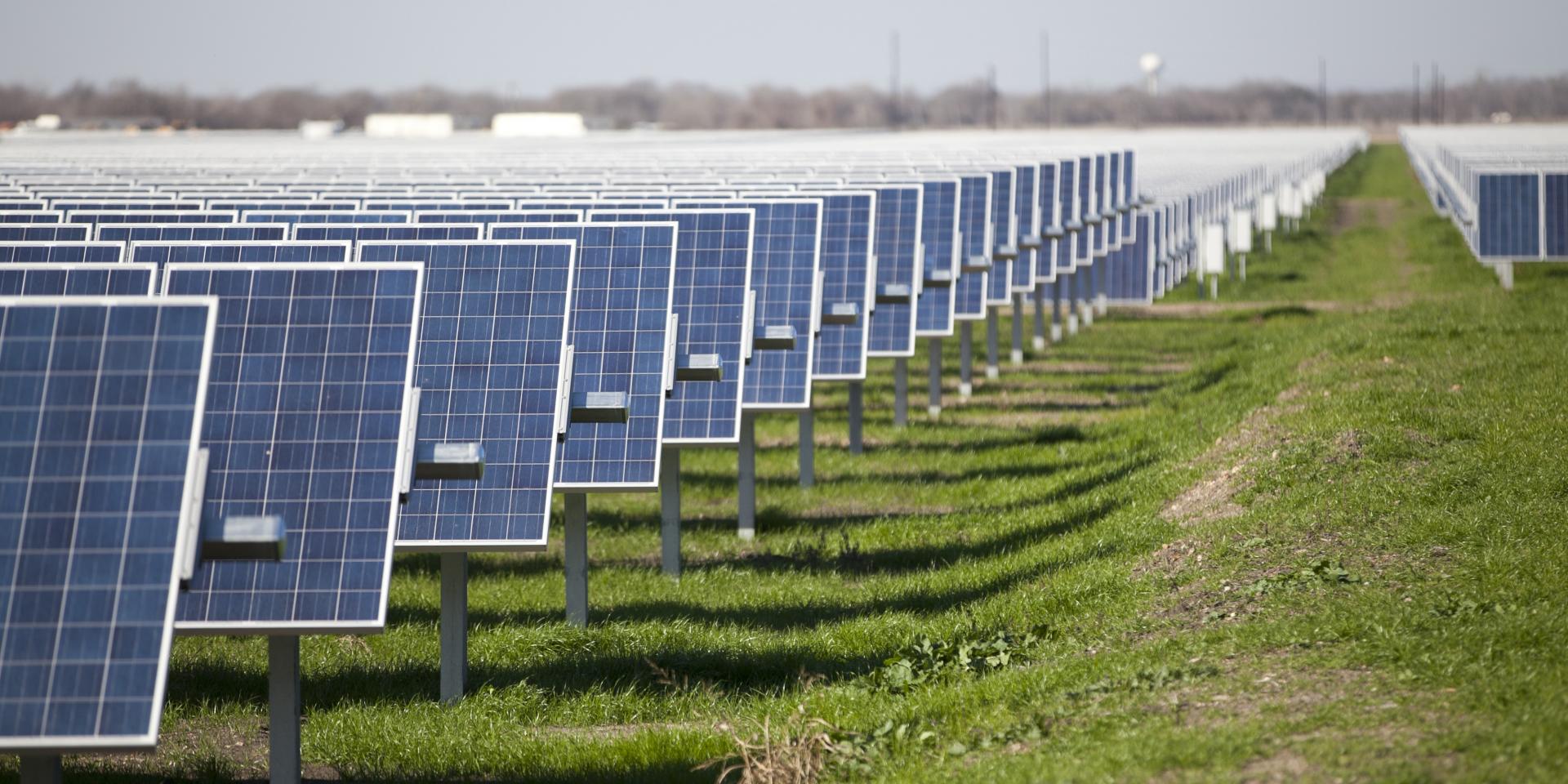Taking the Next Step Toward Our Clean Energy Goals

The latest U.S. Solar Market Insight report makes it clear that the solar industry will see historic growth over the next decade. In fact, the report’s forecasts show the U.S. solar market will grow 4x by 2030 and reach over 419 gigawatts (GW) of capacity. And yet despite these encouraging trends, if we are going to meaningfully boost the economy and tackle the climate crisis, we will need strong policies.
We are leaving hundreds of billions of dollars in investment and hundreds of thousands of jobs on the table if we don’t promote policies that advance solar energy. The economic and clean energy advantages of solar energy are something Americans in both political parties support. On our current trajectory, the industry will fall short of our Solar+ Decade goal and targets to meaningfully slash greenhouse gas emissions by 2035.
Last week, solar industry leaders took this message to lawmakers and Biden Administration officials in an advocacy blitz that highlights the critical importance of additional policy action. As the debate shifts toward infrastructure and labor issues, now is the time to take steps that will chart America’s path to 100% clean electricity.
Achieving that target will require U.S. solar capacity to reach nearly 700 GW by 2030, and annual installations will need to grow from 20 GW in 2020 to more than 90 GW in 2030.
The gap between business-as-usual and where we need to be to meaningfully address climate change is significant. The U.S. will need an extra 270 GW of total solar capacity by 2030 to stay on track, which is 3 times greater than that we’ve installed in the entire history of solar in America. And it’s not just about solving the climate crisis; that additional capacity represents hundreds of thousands of good U.S. jobs and billions in economic investment.
With continued innovation and policy support, these goals become more than realistic. Wood Mackenzie found that the recent two-year extension of the solar Investment Tax Credit (ITC), increased solar installation forecasts by 17%. Smart policy works, and SEIA continues to fight for policies that incentivize solar deployment, streamline permitting and interconnection, encourage renewable energy development on public lands, and invest in solutions that provide long-term and sustained support for domestic manufacturing, among other priorities.
One of the most urgent priorities is our workforce. In order for solar to account for 20% of U.S. electricity generation by 2030, the industry will need to grow to 600,000 workers. The solar industry was able to keep tens of thousands of workers on the payroll during the pandemic, but some residential solar companies experienced hardship and others are still having difficulty securing tax equity for their projects. The solar industry is made up of primarily small businesses, and these changes can make it hard to adjust, let alone grow their businesses and hire more workers.
One near-term solution is to add a direct pay option for the ITC, which would make the industry less reliant on tax equity for financing. Another solution is a long-term extension of the ITC that would give the industry a long runway to continue its growth. Solar companies are major job creators, but they need certainty and a stable tax policy to go to work for our economy.
Of course, it’s imperative that we equitably distribute the opportunities we create and that the solar workforce represents the broad diversity of America. Any policy that comes out of Washington must prioritize job opportunities for communities that have been left behind. These communities have also been disproportionately impacted by both climate change and COVID-19, giving us a new opportunity to expand solar accessibility to these communities and create new opportunities to own a solar business or work for one. We must also be intentional about creating opportunities for energy workers in fossil fuel communities that are looking to continue their careers in the energy sector.
Our message to leaders in Washington is simple: Policies that support solar will help our economy recover, create jobs, and address climate change. The stakes are high, but they also present an incredible opportunity for America to prosper.
Now is the time to act.

